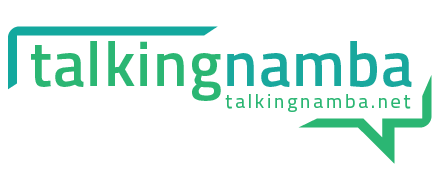Where are they now?
As for previous level but in range to 100.
Can count by 2s, 5s, or 10s (from 0)
Where to next?
Counts forwards in place-value parts (tens and ones), starting from any number, in range to 99
Purpose
Purpose: Counting is a complex activity which involves three main understandings; that numbers are named in a fixed sequence, that one number is counted per object and that the last number counted names the count. This sequence moves students from simply memorising a sequence of numbers, through understanding that counting is about ‘how many’, visualising and using numbers mentally and building place value understanding to count more efficiently as well as understand the composition of very large numbers.
Activities and Assessments (designed to move students from step 5 to step 6 / 7)
Hundred Chart – Count and Circle Off the Decade
Focus: When counting by numbers other than one, it helps for students to be able to see the spatial and number patterns the count makes on a one hundred chart to help them to memorise the count itself as well as to recall the meaning of the count. Seeing the patterns in counting by tens is particularly important. As well as being an efficient method of counting large collections, counting by ten ‘off the decade’ helps students to start further refining place value ideas and provides the basis for some important addition strategies.
How: See Hundred Chart – Count and Circle Off the Decade sheet
Race to 100
Focus: When counting by numbers other than one, it helps for students to be able to see the spatial and number patterns the count makes on a one hundred chart to help them to memorise the count itself as well as to recall the meaning of the count. Seeing the patterns in counting by tens is particularly important. As well as being an efficient method of counting large collections, counting by ten ‘off the decade’ helps students to start further refining place value ideas and provides the basis for some important addition strategies.
How: See Race to 100 sheet
Race to 100 – Pitfalls
Focus: When counting by numbers other than one, it helps for students to be able to see the spatial and number patterns the count makes on a one hundred chart to help them to memorise the count itself as well as to recall the meaning of the count. Seeing the patterns in counting by tens is particularly important. As well as being an efficient method of counting large collections, counting forwards and backwards by ten ‘off the decade’ helps students to start further refining place value ideas and provides the basis for some important addition strategies.
How: See Race to 100 – Pitfalls sheet
Assessment Points – Counting 5
Activity based indicators that students have achieved the target understandings
Download Assessment Points – Counting 5 sheet
